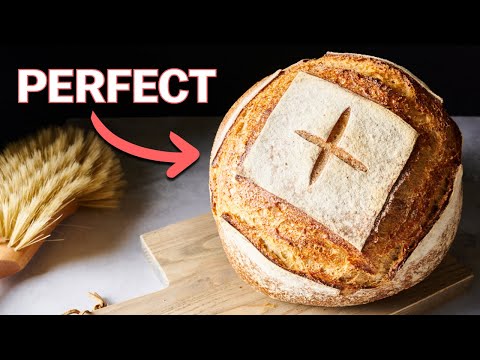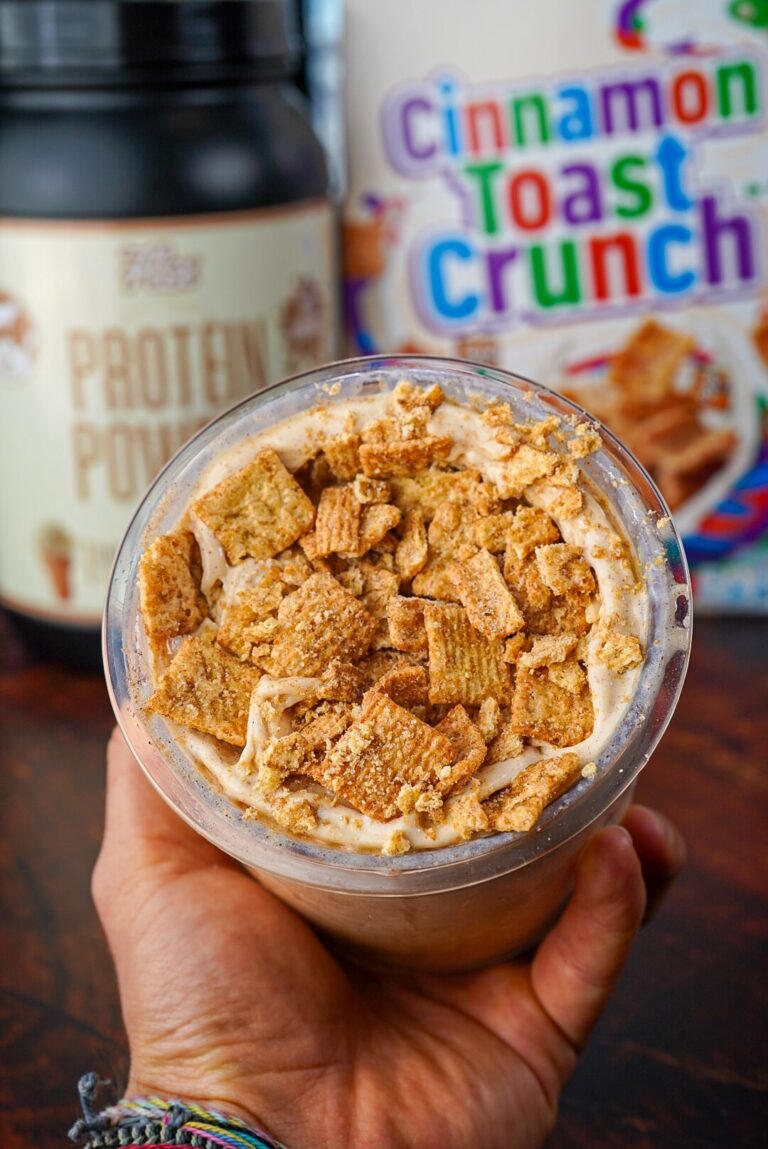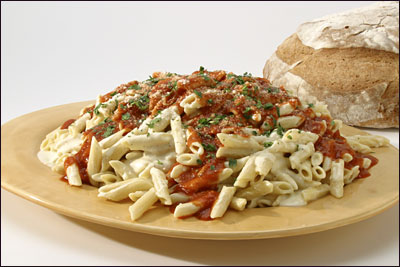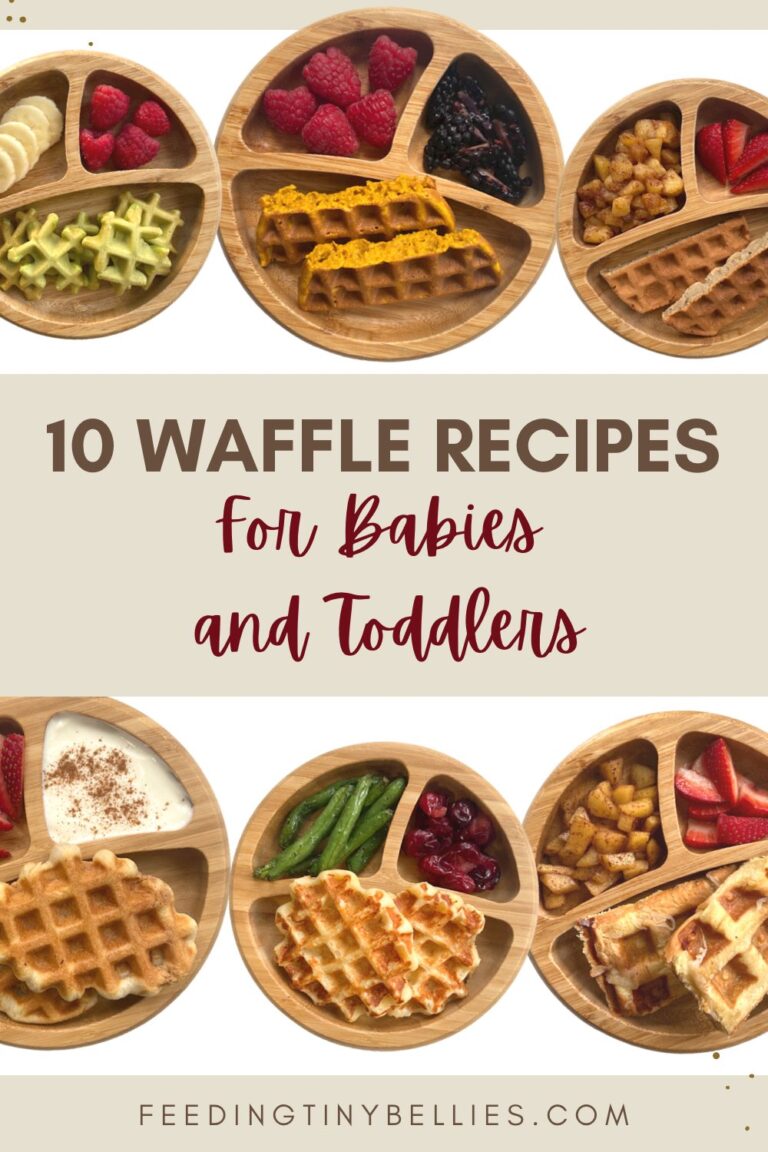Commercial Recipes for Bakery: Step by Step Guide
Master the art of creating commercial bakery recipes with this step-by-step guide. Perfect your baking skills for success.
Are you ready to elevate your baking game and create mouthwatering treats that will impress customers and boost your bakery’s reputation? Crafting commercial recipes for a bakery requires precision, creativity, and attention to detail. From selecting high-quality ingredients to mastering baking techniques, each step plays a crucial role in the final product’s success.
In this comprehensive guide, we will walk you through the process of developing commercial bakery recipes that not only taste delicious but also have that visual appeal that will draw customers in. So, roll up your sleeves, preheat that oven, and let’s dive into the world of creating irresistible bakery delights that will keep customers coming back for more.
Basic Ingredients
Discover the key elements for successful bakery recipes. Learn about essential ingredients for commercial baking ventures. Master the step-by-step process.
Basic Ingredients When it comes to baking, having a good understanding of the basic ingredients is essential for creating delicious bakery items. Here, we will delve into the key components of commercial bakery recipes, including flour, sugar, eggs, and butter.Flour
Flour is the fundamental building block of most bakery recipes. It provides structure and stability to baked goods. Different types of flour, such as all-purpose, bread flour, and cake flour, have varying protein levels, affecting the texture and consistency of the final product.Sugar
Sugar not only sweetens bakery items but also contributes to texture, tenderness, and color. It caramelizes during baking, adding depth of flavor to various treats. Common types of sugar used in commercial baking include granulated sugar, brown sugar, and powdered sugar.Eggs
Eggs play a crucial role in binding ingredients together while also providing moisture and richness to bakery items. They contribute to the structure and leavening of baked goods. In commercial recipes, both whole eggs and egg whites are often used.Butter
Butter adds flavor, moisture, and richness to bakery creations. It helps create tender crumb and flakiness in pastries and contributes to the overall texture of baked goods. Unsalted butter is typically preferred in commercial bakery recipes for better control of the salt content. Understanding the significance of these basic ingredients is key to mastering the art of commercial baking. By honing your knowledge of flour, sugar, eggs, and butter, you can elevate your bakery offerings to new heights.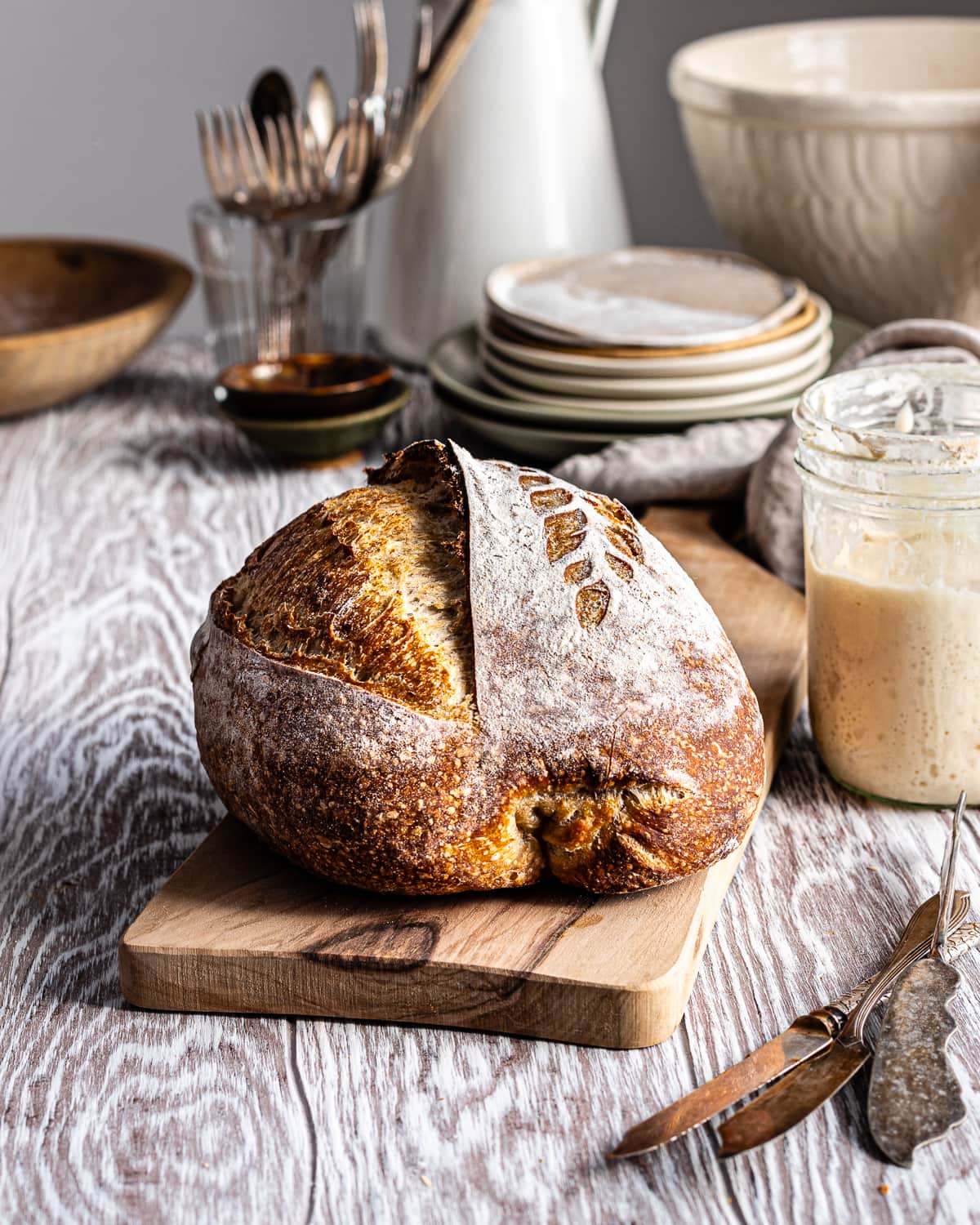
Credit: makeitdough.com
Tools And Equipment
When it comes to creating delicious bakery items, having the right tools and equipment is essential. Proper equipment ensures precision and consistency in your recipes.
Mixers
Stand mixers are a must for kneading dough and mixing batter efficiently.
Ovens
Convection ovens ensure even baking and consistent results for your baked goods.
Measuring Tools
Digital scales provide accurate measurements for ingredients like flour and sugar.
Bread Recipes
Bread is a staple food enjoyed by people all over the world. Whether it’s for sandwiches, to accompany a meal, or simply as a snack, there’s something comforting about the aroma of freshly baked bread. In this section, we’ll explore three classic bread recipes: White Bread, Whole Wheat Bread, and Sourdough Bread.
White Bread
White bread, with its soft texture and mild flavor, is a versatile option for various uses. Here’s a simple recipe to make your own:
- Combine flour, sugar, yeast, and salt in a bowl.
- Add warm water and butter, then mix until a dough forms.
- Knead the dough until it’s smooth and elastic.
- Let it rise until doubled in size.
- Shape the dough and place it in a loaf pan.
- Bake until golden brown.
Whole Wheat Bread
For a healthier alternative, whole wheat bread provides a nutty flavor and added nutritional benefits. Here’s a step-by-step guide:
- Combine whole wheat flour, yeast, and honey in a bowl.
- Add warm water and olive oil, then mix until a dough forms.
- Knead the dough until smooth and elastic.
- Allow it to rise until doubled in size.
- Shape the dough and transfer it to a bread pan.
- Bake until it’s golden and sounds hollow when tapped.
Sourdough Bread
Sourdough bread offers a unique tangy flavor and chewy texture. Here’s how you can create your own sourdough masterpiece:
- Create a sourdough starter by fermenting flour and water.
- Combine the starter with flour, water, and salt to form a dough.
- Knead the dough and allow it to rise overnight.
- Shape the dough and let it rise again.
- Bake until the crust is golden and the bread sounds hollow when tapped.

Credit: www.crowood.com
Pastry Recipes
Puff Pastry
Puff pastry is a versatile and delicious pastry that is known for its flaky layers and buttery flavor. Creating puff pastry from scratch can be time-consuming, but the results are well worth the effort. Here’s a step-by-step guide to making your own puff pastry:
- Prepare the dough by combining flour, salt, and cold butter.
- Roll out the dough and fold it into thirds, creating layers.
- Chill the dough before repeating the rolling and folding process several times.
- Use the puff pastry to create delectable treats such as croissants, tarts, or savory appetizers.
Shortcrust Pastry
Shortcrust pastry is a staple in the world of baking, perfect for both sweet and savory dishes. Follow these steps to whip up a batch of shortcrust pastry for your next culinary creation:
- Mix together flour, butter, and a touch of water until the dough comes together.
- Rest the dough in the refrigerator to allow it to firm up.
- Roll out the pastry and line your tart or pie tin with the dough.
- Bake to perfection and fill with your desired sweet or savory filling.
Choux Pastry
Choux pastry is the foundation for delightful treats such as cream puffs, éclairs, and beignets. Crafting choux pastry involves a unique cooking method that results in a light and airy texture. Here’s how to make choux pastry step by step:
- Cook a mixture of water, butter, and flour on the stovetop until it forms a smooth paste.
- Transfer the paste to a mixing bowl and gradually add eggs, beating until the dough is glossy.
- Pipe or spoon the choux pastry onto a baking sheet and bake until golden and puffed.
- Fill with delicious fillings such as pastry cream, whipped cream, or ganache.
Cake Recipes
When it comes to bakery delights, cakes are a classic favorite. Whether it’s a simple vanilla cake, a rich chocolate cake, or a luxurious red velvet cake, these delectable treats are a must-have for any bakery. Below, we’ll walk you through the step-by-step process for creating these irresistible cake recipes.
Vanilla Cake
Vanilla cake is a timeless classic that never fails to impress. With its light and moist texture, this cake is perfect for any occasion. Here’s a simple recipe to create a heavenly vanilla cake:
Chocolate Cake
For chocolate lovers, a decadent chocolate cake is the ultimate indulgence. Rich, moist, and utterly irresistible, this cake is a surefire crowd-pleaser. Follow these steps to whip up a delicious chocolate cake:
Red Velvet Cake
Red velvet cake is a show-stopping dessert that exudes elegance and charm. Its vibrant red color and luscious cocoa flavor make it a standout choice for special celebrations. Here’s how you can create a stunning red velvet cake:
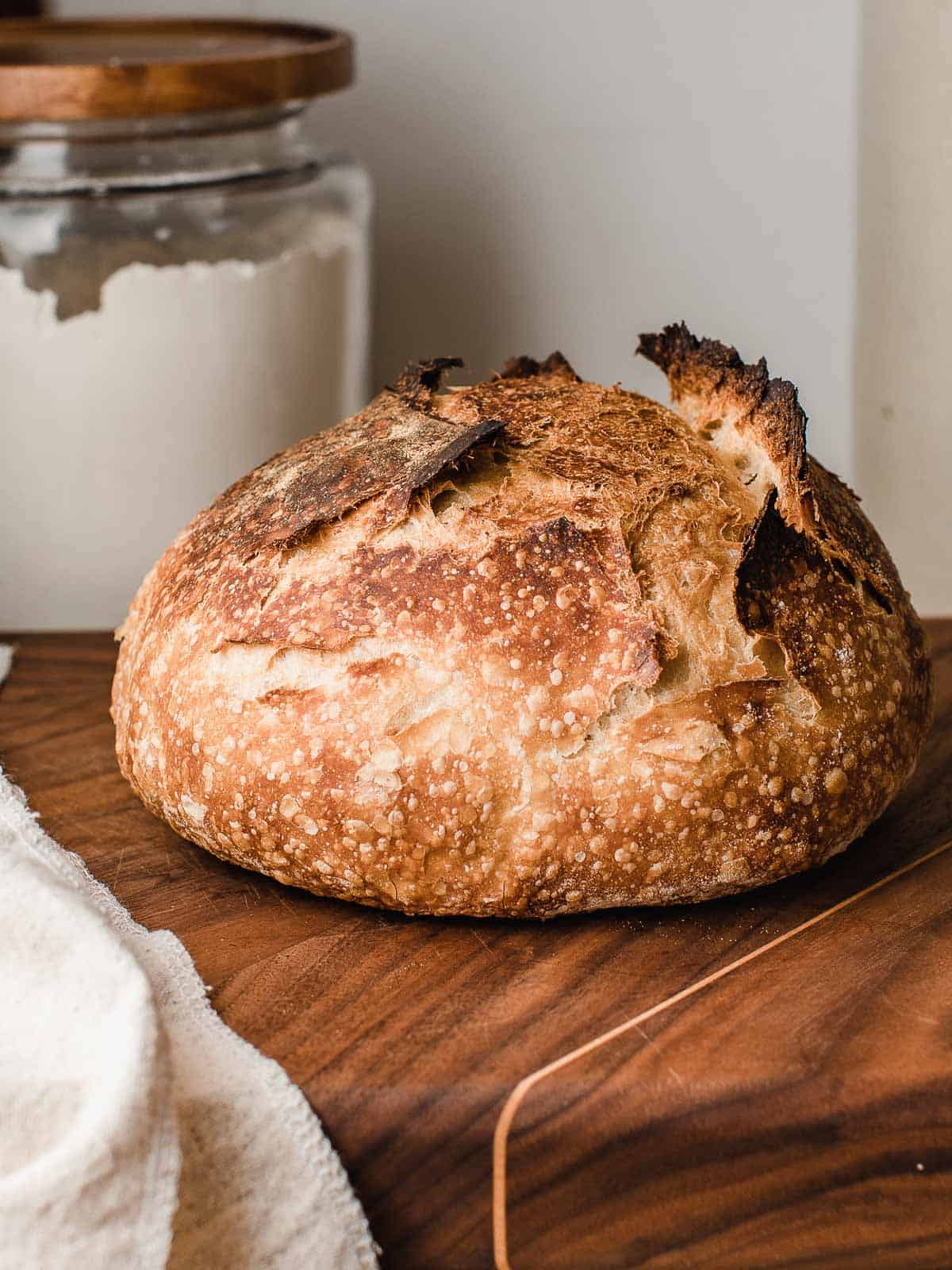
Credit: littlespoonfarm.com
Decorating Tips
When it comes to baking, the presentation is just as important as the taste. Decorating your baked goods can take them from ordinary to extraordinary. In this section, we’ll explore some essential decorating tips for commercial bakery recipes. From buttercream frosting to fondant and piping techniques, we’ve got you covered with step-by-step guidance.
Buttercream Frosting
Buttercream frosting is a versatile and delicious way to add a finishing touch to your bakery creations. It’s creamy, smooth, and perfect for piping onto cakes, cupcakes, and cookies. To make the most of your buttercream frosting, follow these tips:
- Ensure that your butter is at room temperature before starting the frosting.
- Sift your powdered sugar to avoid lumps in the frosting.
- Use gel food coloring for vibrant, consistent colors.
- Experiment with different piping tips to create various designs.
Fondant
Fondant is a popular choice for creating sleek, polished finishes on cakes and pastries. Working with fondant requires precision and attention to detail. Here are some tips for working with fondant:
- Knead the fondant until it’s smooth and pliable before rolling it out.
- Dust your work surface with powdered sugar to prevent sticking.
- Use a fondant smoother to eliminate air bubbles and creases when covering cakes.
- Store any leftover fondant in an airtight container to prevent drying out.
Piping Techniques
Piping techniques can take your baked goods to the next level, adding intricate designs and decorative flair. Whether you’re a beginner or a seasoned pro, mastering piping techniques can elevate your creations. Here are some essential tips for mastering piping:
- Practice steady pressure when piping to achieve consistent results.
- Experiment with different piping nozzles to create various shapes and textures.
- Chill your piped designs in the refrigerator to set them before serving.
- Clean your piping equipment thoroughly after each use to maintain precision.
Conclusion
Mastering commercial bakery recipes is essential for success. By following this step-by-step guide, you can create delectable treats that customers will love. Remember, precision and quality ingredients are key. With practice and dedication, you can elevate your bakery offerings and stand out in the competitive market.
Happy baking!

